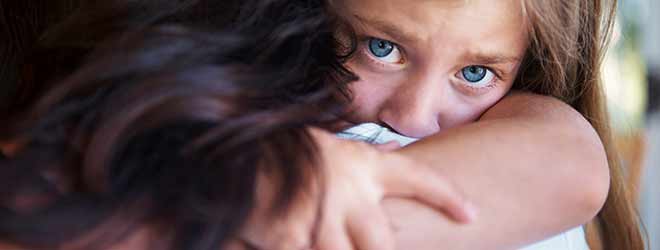
All parents want to make sure their children are safe and protected. However, not all parents may realize the dangers associated with some toys. Unfortunately each year children are injured or killed because of toys. The most common causes of death are from choking or asphyxia.
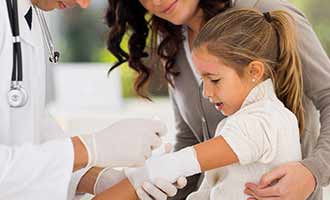 According to the Consumer Product Safety Commission, in 2017, 13 children died from toy related causes and an estimated 251,700 were injured. The majority of toys are extremely safe for children. But, it is important to learn these beneficial tips in purchasing safe toys for your children this holiday season. These tragic incidents can be avoided.
According to the Consumer Product Safety Commission, in 2017, 13 children died from toy related causes and an estimated 251,700 were injured. The majority of toys are extremely safe for children. But, it is important to learn these beneficial tips in purchasing safe toys for your children this holiday season. These tragic incidents can be avoided.
These Tips Can Help Make Your Holiday Safe and Happy.
- Follow the Age Standard Listed on the Toy Packaging.
It is important to only buy toys, which correspond to your child’s age. The age standards are there for protection, meaning the toys are only safe for child that age or older. It is unsafe to give a three-year-old child a toy designated for a four-year-old child.
- Check for Any Small Parts or Pieces that Can be Removed or Bitten Off from the Toy.
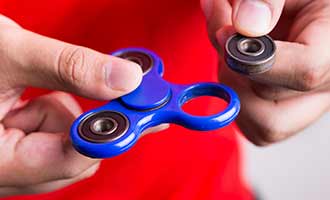 Children chew toys and put toys in their mouth. It is dangerous if they bite off a piece of the toy and swallow it. There is a risk of choking. The best test to determine if pieces are too small is the toilet paper roll test. If the pieces fit through the tube opening, they are too small to give to a child who is younger than three years old.
Children chew toys and put toys in their mouth. It is dangerous if they bite off a piece of the toy and swallow it. There is a risk of choking. The best test to determine if pieces are too small is the toilet paper roll test. If the pieces fit through the tube opening, they are too small to give to a child who is younger than three years old. - Check for Any Cords, Strings or Anything That Dangles, Which is Longer Than 6 Inches.
Children can wrap themselves around cords and strings and there is a risk of strangulation. If the string can be removed, the danger is removed and you can still purchase the toy.
- Make Sure the Paint or Finish on the Toy Does Not Contain Any Lead and is Non-toxic.
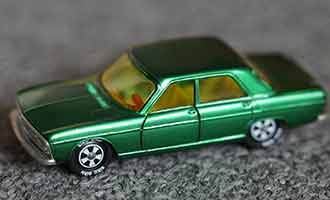 Toys with an ACMI (Art and Creative Material Institute Inc) symbol mean the toy is non-toxic. Be sure to check the Consumer Products Safety Commission website to find out any toys, which were recalled due to lead. Exposure to lead, including lead poisoning can lead to slowed development in your child and other problems.
Toys with an ACMI (Art and Creative Material Institute Inc) symbol mean the toy is non-toxic. Be sure to check the Consumer Products Safety Commission website to find out any toys, which were recalled due to lead. Exposure to lead, including lead poisoning can lead to slowed development in your child and other problems. - Be Careful About Magnets and Magnetic Toys.
Not all magnets are dangerous. However, some toys containing very strong and powerful magnets known as “rare earth magnets.” If ingested, these magnets can cause serious intestinal injuries. Do not give magnets to children under the age of three.
- Check the Stability of Ride on Toys.
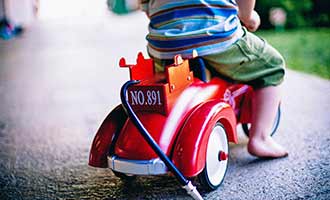 Toys like tricycles, bicycles, rocking horses and other ride on toys need to be stable and well built to make sure they can hold your child. Make sure the toy can handle your child’s weight and it safe for your child to move around on.
Toys like tricycles, bicycles, rocking horses and other ride on toys need to be stable and well built to make sure they can hold your child. Make sure the toy can handle your child’s weight and it safe for your child to move around on. - Avoid Toys With Any Sharp Edges, Points or Fragile Parts.
Fragile parts can break while your child is playing with the toy, causing cuts, scratches and bleeding.
- Avoid Any Shooting Toys, Toys With Projectiles or Throwing Toys.
- Check the Consumer Products Safety Commission Website for Recent Recalls for Any Reason.
They can cause serious injuries, specifically to the face and eyes.
Keeping Your Children Safe Once Toys Are At Home
Purchasing safe toys is only part of the process to protect your children’s safety. Parents can take additional steps once they get home from the store to make sure your child can play, but play safely.
- Read and keep all instructions and directions for the toys use. Take careful note for any instructions on what NOT to do with the toy.
- Use any safe gear, like helmets, kneepads and elbow pads if they are recommended when using the toy.
- Throw out any packaging, bags or other unnecessary wrapping, which come with the toy.
- If any of the toys are battery operated, put the batteries in yourself and keep them out of the hands of your children.
- Store each child’s toys separately when you have more than one child. Some toys, which are fine for older children to use, are not safe for younger children.
- Look over any toys given to your child that you did not personally buy, to make sure they are safe before letting your child play with them.
- Check the condition of your child’s toys periodically. If toys can be repaired, be sure to fix them immediately. If not, throw the toy out.
- If your children are old enough to understand, make sure to warn them about putting toys in their mouth, chewing toys or putting toys up their nose.
- Supervise your children when they are playing with the toys.
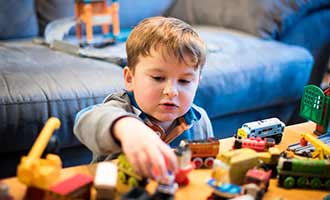
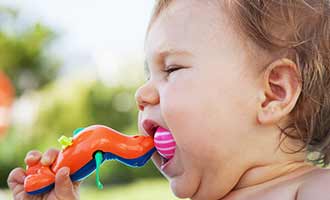
If you think you purchased a toy that has been recalled, remove it from your child immediately. Check the Consumer Products Safety Commission or the toy manufacturer’s website to find out more information.

Do You Have A Defective Product Claim?
 If you or a loved one has been injured by a defective product, the lawyers at d’Oliveira & Associates want you to know that you may be entitled to compensation. Please contact the law offices of d’Oliveira & Associates at 1-800-992-6867 or fill out a contact form for a free legal consultation.
If you or a loved one has been injured by a defective product, the lawyers at d’Oliveira & Associates want you to know that you may be entitled to compensation. Please contact the law offices of d’Oliveira & Associates at 1-800-992-6867 or fill out a contact form for a free legal consultation.


